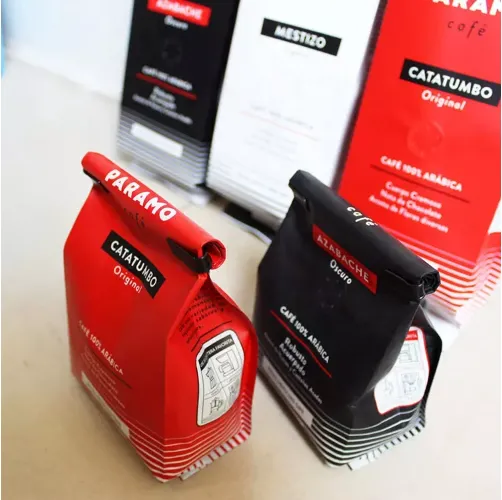What Materials Are Used to Make Ziploc Bags
What Are Ziploc Bags Made Of?
Ziploc bags, a household staple found in kitchens, offices, and on-the-go lifestyles, offer a convenient and versatile storage solution. But have you ever wondered what these handy bags are made of? Understanding the composition of Ziploc bags not only satisfies curiosity but also encourages us to make informed choices regarding storage options and environmental impacts.
Composition of Ziploc Bags
Ziploc bags are primarily made from polyethylene, a polymer made from the polymerization of ethylene gas—which is derived from natural resources such as natural gas and crude oil. Polyethylene can be produced in two different densities low-density polyethylene (LDPE) and high-density polyethylene (HDPE). Ziploc bags typically utilize low-density polyethylene due to its flexibility, durability, and the ability it provides to create an airtight seal.
Low-Density Polyethylene (LDPE)
LDPE is characterized by its low density and branched structure, making it less rigid and more flexible than other forms of polyethylene. This flexibility is essential for Ziploc bags, as it allows them to stretch and conform to various shapes and sizes of food items, ensuring that they provide effective airtight sealing. The properties of LDPE also contribute to its resistance to moisture, which is why these bags are ideal for storing perishable items and preventing spoilage.
Additional Features and Additives
While the primary material is LDPE, Ziploc bags might also contain additives that enhance their performance. These additives can help improve certain characteristics like UV resistance, heat sealing capabilities, or color. For instance, some Ziploc bags are designed with thicker materials to offer extra protection against punctures and tears, especially for items that may have sharp edges.
what are ziploc bags made of

Moreover, some versions of Ziploc bags come with additional features such as designated areas for labeling, double zippers for enhanced sealing, and even designs that allow for microwave usage. These variations may require slight modifications in the composition or thickness of the polyethylene to cater to specific needs.
The Environmental Considerations
In recent years, concerns regarding plastic waste and its impact on the environment have intensified. Polyethylene, like many plastics, is not biodegradable, and improper disposal can contribute to pollution and environmental degradation. As a response to these concerns, Ziploc brand has taken steps to improve their sustainability practices.
They have introduced recyclable options for their bags, encouraging consumers to recycle them rather than discard them after use. Many recycling programs accept LDPE and highlight the importance of cleaning the bags before recycling to prevent contamination. Additionally, some Ziploc products promote reduced waste by being reusable, allowing consumers to get the most out of each bag instead of single-use consumption.
Conclusion
In summary, Ziploc bags are primarily made from low-density polyethylene, a versatile and durable material that provides the flexibility necessary for effective food storage. While they boast several beneficial features, it’s important to remain aware of the environmental implications associated with their use. By making an effort to recycle or reuse these bags, consumers can minimize their environmental footprint while continuing to benefit from the convenience and practicality that Ziploc bags provide.
As you continue to use Ziploc bags in your daily life, take a moment to appreciate the science that goes into creating these simple yet effective tools. Understanding what they're made of can help foster a greater appreciation for innovation in everyday products, while also encouraging more environmentally-conscious choices in our storage practices.













